Have you ever wondered how your flower shop gets your favourite flowers regardless of the weather or season? Floriculture, as we know it, began in the 19th century in the United Kingdom where flowers were grown in large estates. Today the flower industry is a multibillion-dollar global industry and grows more every year. So what process does your flower bouquet go through before it reaches your hands?
The thriving flower industry comprises of growers, wholesalers, and retailers that work in tandem to bring you gorgeous flowers from around the world. The biggest buyers of cut flowers are from the EU and the US but the biggest growers and exporters are the Netherlands, Ecuador, Kenya, Ethiopia, and Colombia.
The heart of the cut flower trade is the Netherlands, holding 52% of the world’s global production as well as being the top exporter. The Netherlands produces 80% of the world’s tulips and peonies. Flower exports in Africa and Latin America have increased since the 1970s as a result of the oil crisis increasing the cost of heating greenhouses. Flowers from these countries can grow there all year round with little to no energy input.
Photo by Alisa Anton on Unsplash
While Ecuador is the largest producers of roses in the world, Kenya is also one of the biggest sources for roses and is Kenya’s second-largest export, as well as one the country’s largest sources of employment. The Tambuzi Flower Farm in Kenya grows around 8 million flowers a year with Kenya being of the largest exporters of Europe’s flowers. The Netherlands, however, remains the centre of production for the majority of the European market as well as a major international supplier to other continents. Colombia is the leading flower producer and exporter for the US, accounting for 59% of all flowers imported there. Columbia is also the biggest producer of carnations globally.
Related: What Types of Roses do Florists Use?
Keeping this booming flower industry going is an intricate and delicate supply chain. Farmers, wholesalers, transporters, florists, and supermarkets must work in tandem to ensure that the delicate flowers come to the customer in top-notch quality. Once the flowers have been cut, they need to be moved using a cold chain, which is a series of refrigerated facilities to keep the flowers in a dormant state. The flowers need to go from farm to shop within 24-48 hours. Every day that flowers spend travelling they lose 15% of their value with the vase life expected to be between 12-15 days by the time it reaches the customer. Even with all this, 45% of the flowers in the flower industry die before they are even sold.
In China, the floriculture industry is valued at more than 11 billion, however, in Asia, flowers are grown mostly for local consumption rather than export. For example, in Japan, its flower imports have never exceeded more than 15%, with more than 85% of Japan’s flowers being domestically grown and purchased. Thailand is an exception as it is the world’s biggest producer of orchids globally. In Asia, Chinese Valentine’s Day is one of the biggest days for the sale of cut flowers with about 48 million flowers sold accounting for about 47 million yuan with roses making up more than 95% of the total.
Related: Romantic Flowers for Valentine’s Day
Florists themselves have a choice when it comes to how they attain their flowers. They can grow the flowers themselves, buy direct from growers, or buy flowers from auctions or wholesalers. There are benefits and disadvantages to each depending on what florist is looking for. A florist who grows their flowers means consisten top quality and freshness however it also means being restricted by seasons and the inability to source flowers out of season. Sourcing flowers directly from the farm is good when sourcing large quantities for set prices. Wholesale purchases provide an immense amount of variety and at any time but it generally caters to big buyers and companies.
Related: Popular Flower Shop Materials Used by Florists
Give Gift Boutique Hong Kong has been open since 2008 and operates in Hong Kong, Macau and Guangzhou supplying hundreds of gifts and flowers for China and beyond. Give Gift Boutique’s Mong Kok location does everything onsite to ensure the highest quality and efficiency. Give Gift Boutique Hong Kong sources its flowers fresh from local Hong Kong flower markets multiples times a day to ensure that its customers are getting the freshest quality flowers.
This is a Hong Kong GGB original 'Where Do Florists Get Their Flowers? Major Exporting Countries ' blogpost.






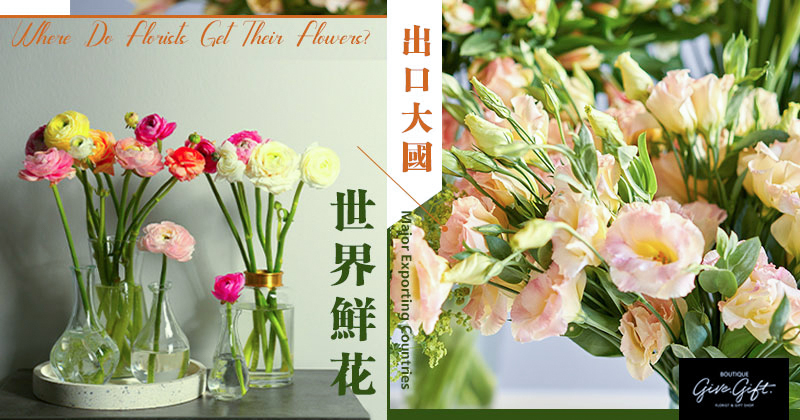
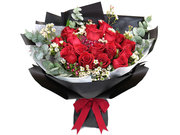
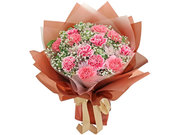

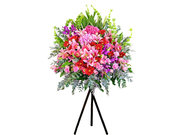
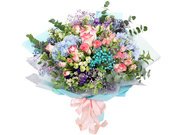


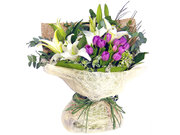
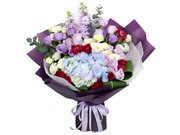


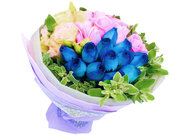

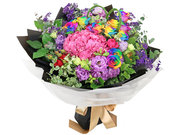

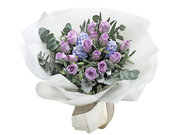
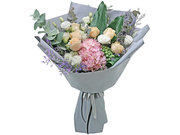
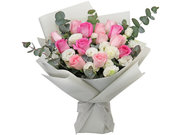
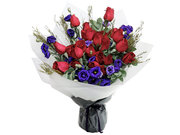
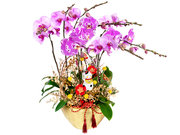
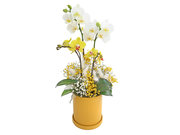

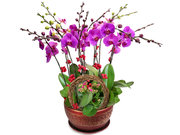

 Share
Share Tweet
Tweet +1
+1  Pin it
Pin it Post
Post  Weibo
Weibo Review
Review

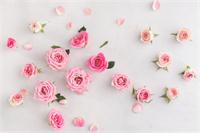
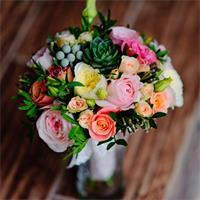
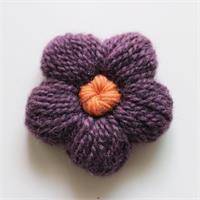
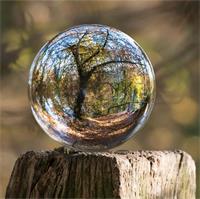

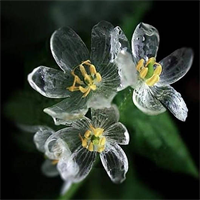
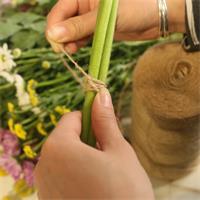
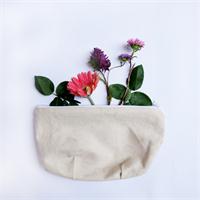



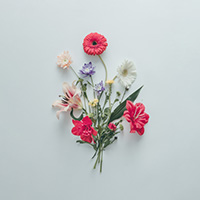
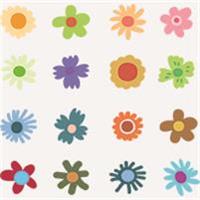
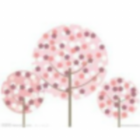




 Diwali Gifts
Diwali Gifts 
 ▶
▶